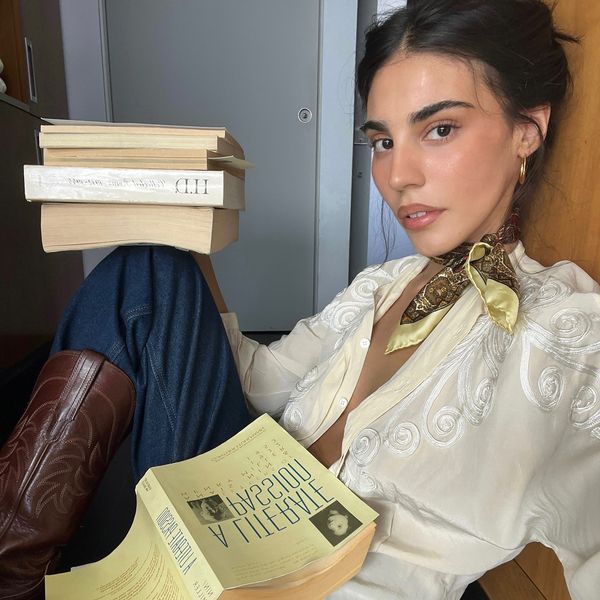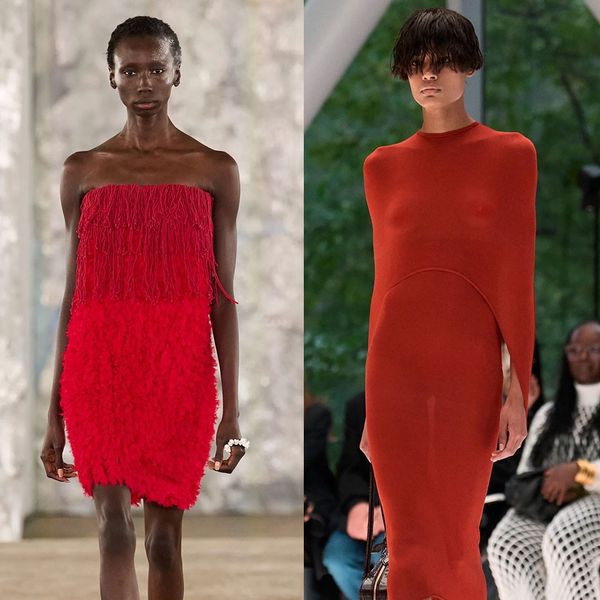Facing My Fears At A Secret Austrian Biohacking Resort
Would cryotherapy and cowbells be enough to cure me?
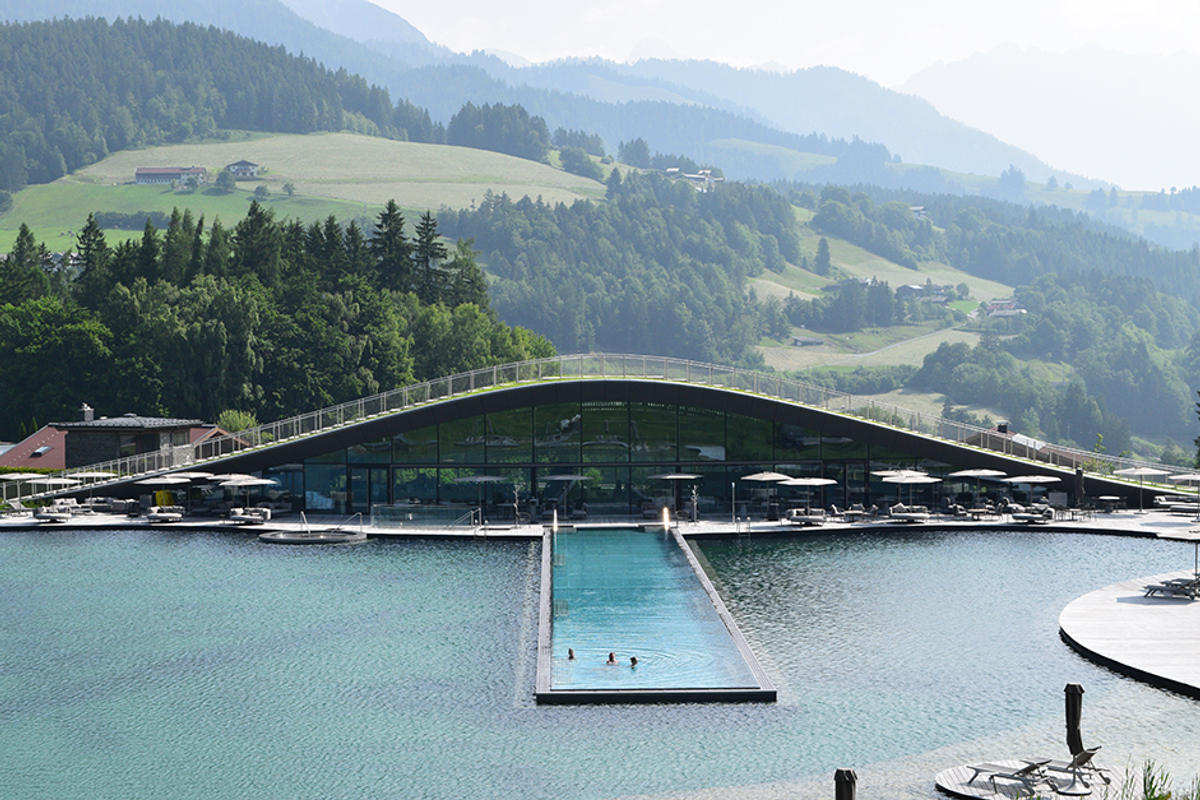
Wanderer or biker? Pick a lane, said the Robert Frostian entrance sign at the Steinbergbahn gondola station. Wanderer, I decided, tapping my newly minted mountain passage card on the turnstile, enclosing myself in a plexiglass bubble, and surging 5,800 feet above Leogang, Austria. Yes, I was a wanderer from Los Angeles who, like 48 million travelers every year, came to Austria to climb mountains and live out my fantasy of being Julia Andrews in the opening scene of "The Sound of Music." This year also marked the 60th anniversary of the film’s debut.
So, I’d come to see if the hills were still alive, and what they sounded like now. I’d planned on reporting a thrilling alpine adventure that reimagined the classic film for today’s travelers, with exhilarating modern experiences like the local TONspur islands, where sound installations blend with mountain acoustics. But there was a personal connection to the film theme, too—as a child, I could play every song on the Rodgers and Hammerstein soundtrack on the flute. I often did this for my grandmother, even right before she passed away, an experience that left me terrified of death and still haunts me. One night, I played her "Edelweiss," our favorite song. Did it break through her dementia? I’ll never know, but she solemnly nodded.
I’d also come to escape the “querying trenches,” an ironic term given to aspiring authors seeking representation from agents, typically involving a ton of rejection. The query letter I sent on the plane was my last—number 225. Now, it was time to wait. Although, in fairness, agent rejection emails had been rolling in for weeks. A few days earlier, flying over the Atlantic, I picked my lips, tried to center, and reminded myself: you wrote a novel, that’s good enough, isn’t it? Maybe you were only meant to come this far, and that’s okay.
In my airplane seat, I daydreamed of the hotel I’d soon be staying at. Krallerhof—a 1956-built alpine resort with a contemporary wellness wing that mimics the swoops of JFK’s TWA terminal—would be the ultimate place to escape the trenches, live out my “Sound of Music” dream, and immerse myself in the hotel’s expertise in biohacking. Perhaps I wouldn’t be so scared of death if I could stave it off?
But when I hopped over to Instagram, my heart snagged on a post from the Humans Of New York account: a white-bearded man sitting on a park bench, confessing he’d just been diagnosed with heart disease. He claimed he wasn’t afraid of death, after witnessing his great-grandmother pass when he was a boy. “Like she’d gone from one way of being in the world, to a completely different way of being in the world.” Why couldn’t I understand death with that kind of poetic ease?
The Cinema Of Nature
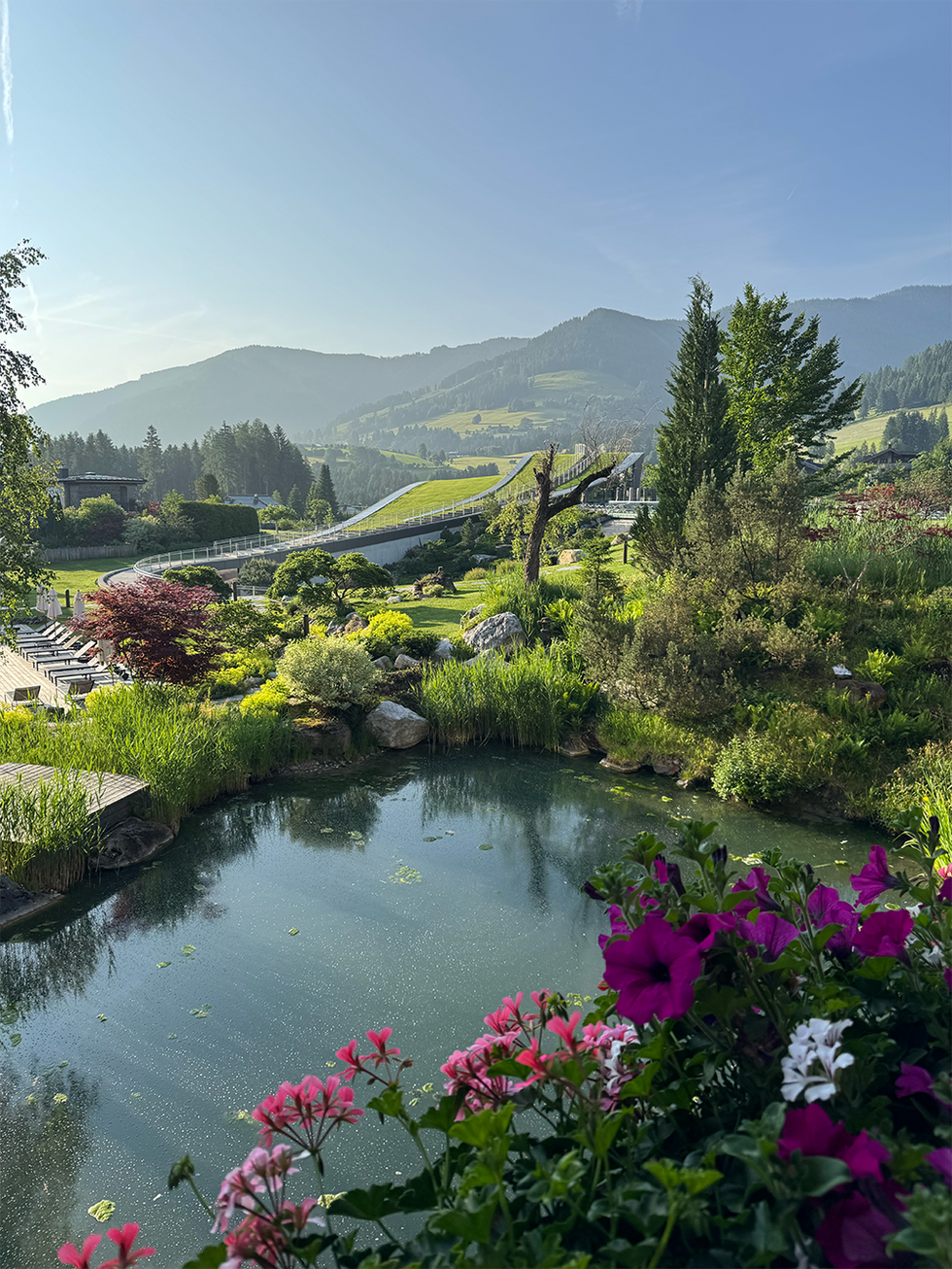
Stacy Suaya
Now, I was soaring over Leogang in a gondola. It was exhilarating; cows grazed on a hillside to my right, chalets dotted the valley to my left, and there might as well have been Von Trapp children hiding in the trees. I felt recharged.
Two days prior, when I arrived at my 765 square foot Saffron Suite at Krallerhof, the sound of the birds outside was so intense I thought it was a soundscape on the TV. It was almost artificial, like the tweet sound going off on someone’s phone. Nature probably always sounds like this; you’re just used to living on a busy street in a busy city, I remembered, then took an afternoon nap atop my bed’s Lokosana Grounding Pad, restoring the bio-electrical balance in my body.
Every meal that I’d eaten at Krallerhof had been calibrated for optimal anti-inflammatory effects, from the chia seed pudding and vegan flaxseed muffins I’d enjoyed each morning with fruit—Omega-3 fatty acids can slow down biological aging, too— to the three-course dinners, prepared using fermentation to support healthy gut flora, protein-rich legumes, and polyphenol-packed berries.
I’d swam in the hotel’s 50-meter infinity pool, seamlessly integrated into the hotel’s bathing lake, and dried my skin in the sun. Over and over, I heard that I needed to go to the mountain. Even Michaela Altenburger, Krallerhof’s owner, had told me, “When you’re going up to the mountains, and just look far, far into them… the silence and the nothingness, it makes something in your brain. I think this will be more important in the future than activities.”
She was referring to man-made activities. I’d asked her earlier that day about a modern “Sound of Music” vacation, and about the sound installations in the mountains I’d excitedly read about. “I have to burst your bubble,” she said. “Because this time [of the movie] is not so connected to us.” She says Austrians don’t think about the movie much, and she would need to see it again with new eyes in order to figure out modern connections. “I don’t understand people that are walking with music,” she continued. “People need to hear their breathing.”
Instead of the movie, Altenburger wanted to talk about how the Schumann frequency was changing, and the need to ground ourselves with the Earth. She told me about astronauts exploring space in the 1960s and ’70s, and how they would get sick without the pulse of the Earth. She said that when we go to the beach, and stand in wet sand, our electrical energy is optimized. (The theory here is that the Earth’s surface has a negative charge and contains free electrons. Direct contact with the Earth through good conductors like wet sand, due to its salt content, lets the body absorb these electrons).
I thought of how far I was from the Earth on the gondola that afternoon, and the old fear of death gripped my heart again. You do this same thing every year when you ski, said my prefrontal cortex. But every year, your fear of death always makes you consider quitting, my amygdala sassed back.
My plexiglass chariot reached the end; I stepped out and saw so much grass, I considered kicking my shoes off and “grounding,” the practice that Altenberger was talking about with the sand. I wanted to shout out my victory. Grandma! I made it to the top of the mountain! But then, I realized that I was on a flat, grassy area that forked off into many other trails. And the actual top of the mountain that I was already on was only reachable by a long, steep, narrow hiking trail without railingsChilling Truths
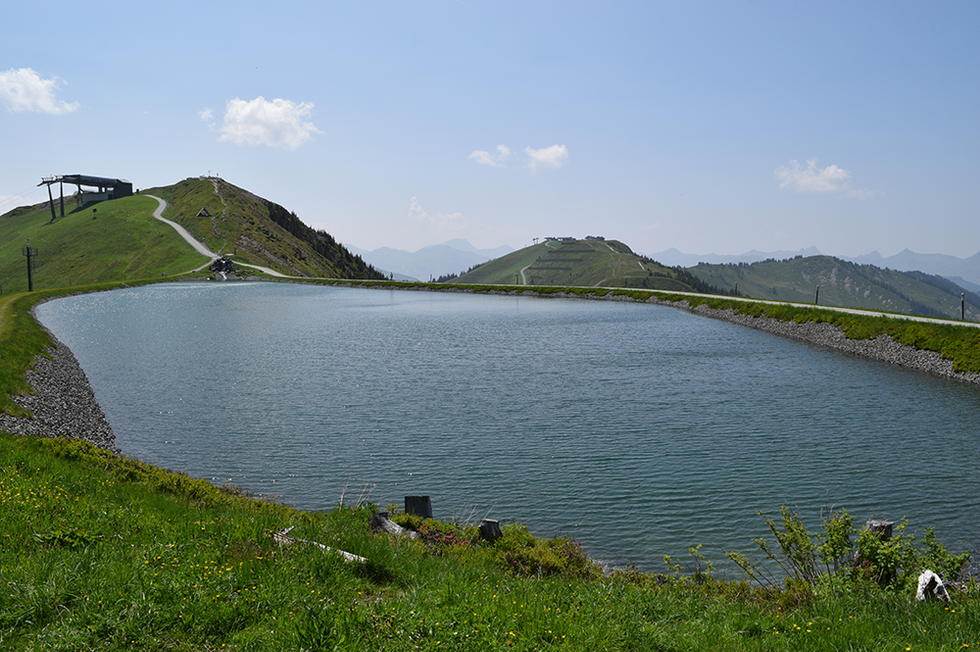
Stacy Suaya
How long would it take me to get to the top? I tried to figure it out on my phone, but couldn’t. Instead, I saw a notification that MTV VJ Ananda Lewis had passed away from stage four breast cancer. She was only 52. I saw myself as a teenager of the early 2000s, glued to the family Zenith as Lewis hosted “Hot Zone” in iconic poolside outfits. You’re 43, not much younger than Lewis, I thought. Climb the damn mountain. To my left lay a charming restaurant with a sprawling outdoor patio and waiters in Lederhosen dispensing foamy steins to rosy-cheeked families at picnic tables. Or, you could just chill over there with a frosty beverage. You came to Austria and rode the gondola, that’s good enough, isn’t it? Maybe you were only meant to come this far, and that’s okay. What’s even the point? Isn’t this view good enough?
I’d already danced with death on the second day of this trip, after all. At Krallerhof, the PR contact who sent me on this trip had the audacity to sign me up for cryotherapy. It’s not uncommon for five-star hotels like Krallerhof, nestled in the cradle of Austria’s Alps, to offer wellness activities. But Krallerhof is focused on longevity and biohacking, offering cutting-edge technologies and expertise, including saunas, red light therapy, and the -200°F cryochamber that I reluctantly entered—in my underwear no less, and ear muffs, and special hand mitts.
The extreme cold in these chambers triggers a physiological response in the body, essentially tricking it into thinking it might die. I can vouch for this; I spent three minutes in there trying to remind myself that I could survive the frost coffin, counting the seconds while dancing like a maniac and flapping my arms to generate body heat. Cryotherapy proponents call this “good stress,” and point to studies that suggest the practice lowers inflammation and oxidative stress. These benefits might also keep the grim reaper away (or at bay, at least) while also warding off wrinkles.
After my cryotherapy, I warmed up in the sauna, then entered the “silent room,” a bay of beds unto myself, with shelves of gorgeous large format art books, all at my disposal. There were no more literary agent queries to send and my family was asleep back in L.A. I picked a book off the shelf, “City of Women: Female Artists in Vienna, 1900–1938,” thumbed open the flap, and read, “They wrote art history, and yet today they are barely known at all.” The book aimed to recognize women who made significant contributions to Viennese Modernism; I melted into its vivid pages and wondered, why do we know Alberto Giacometti's sculptures, but not the lithe, bronze figures of Elza Kovenshazi-Kalmar? And why do we know Gustav Klimt, but not Broncia Koller-Pinell, whose shimmering Orange Grove in the French Riviera made me woozy with admiration?
Why did these women create at all, in 1906, when people like Hungarian journalist Ludwig Hevesi wrote of the sculptor and painter Teresa Feodorowna Ries, “It’s a pity she persists in harboring delusions of wanting to do a man’s work, for which she wasn’t born.”
Will you regret climbing the mountain, or not climbing it?
Choosing Delusion
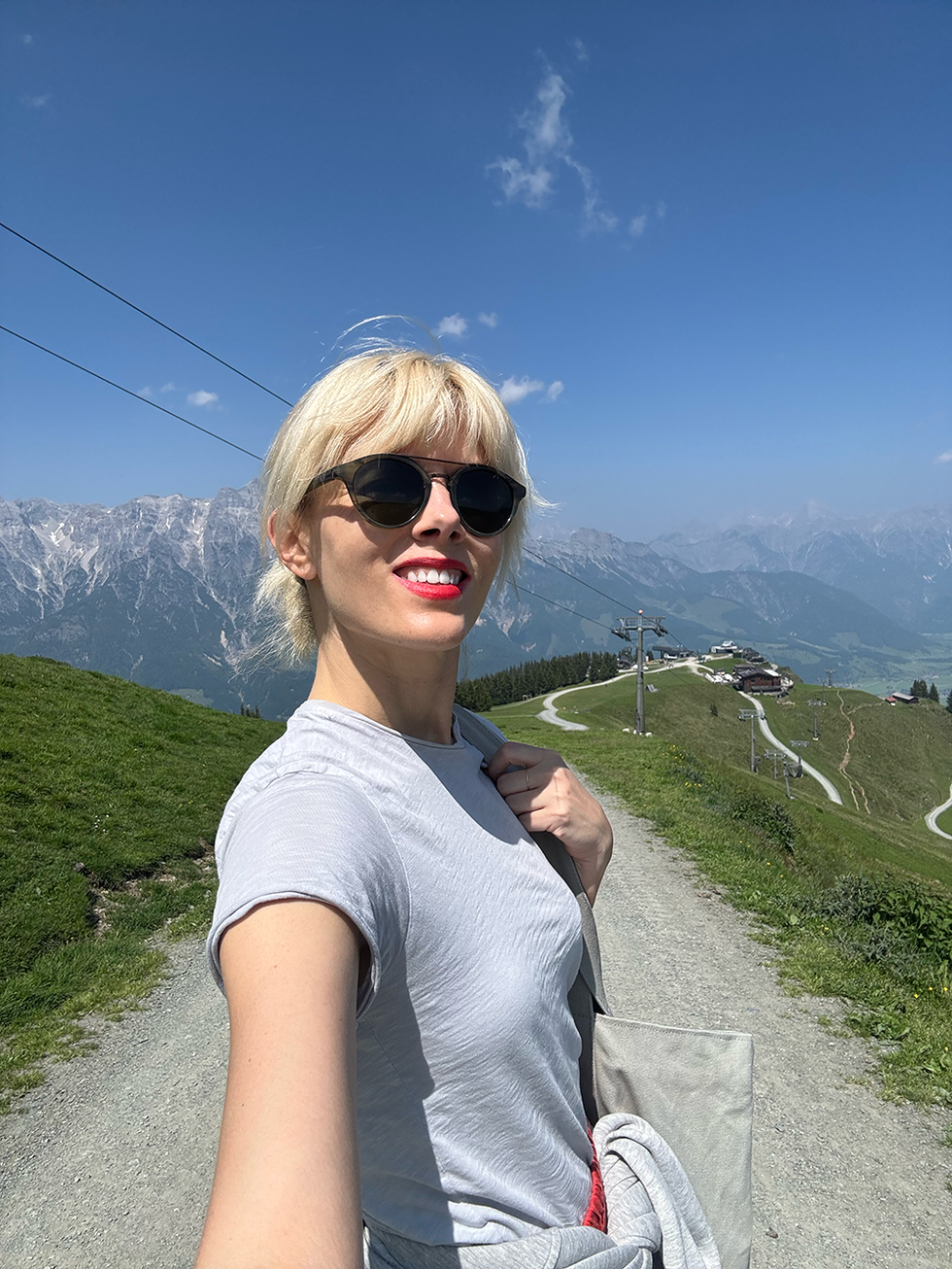
On the grassy plateau, I spotted a person coming down the trail from the top of the mountain; okay, so it could be done. I summoned my courage and started heading toward the nearly unmarked trail. And just as I was ready to start the incline, two ambulances descended the mountain. All my fears rushed back. I thought of an ex-boyfriend who I dated for two months before I got a call that he’d been in a motorcycle accident with a 50% chance of survival—he wound up in a coma for a month and lost the use of his left arm forever. The morning of the accident, he’d texted me about a ride he couldn’t wait to take up the Pacific Coast Highway.
What are the risks we’re willing to take?
I could just go back to the hotel, go for a refreshing swim, or take a yoga class. Wouldn’t that be better? Why did I care so much about climbing literal and metaphorical mountains? Why did I spend years writing a novel so it could sit in 225 literary agent slush piles? What was the point? Wasn’t AI just going to replace me anyway?
The truth is that I’m scared of not doing things. And dying. Or at least dying without maximizing living. Rodgers and Hammerstein’s "Climb Ev’ry Mountain" showtune filled my head as I wiped my brow and squinted toward a precarious summit. My gaze darted over the edge, an abyss of about 4,000 feet.
Cixin Liu, author of the incredible "Three Body Problem" trilogy, wrote in “Mountain,” from "The Wandering Earth": “Indeed, it is the nature of intelligent life to climb mountains, to strive to stand on ever higher ground to gaze farther into the distance. It is a drive completely divorced from the demands of survival…The reason evolution bestows all intelligent life with a desire to climb higher is far more profound than mere base needs, even though we still do not understand its real purpose. Mountains are universal, and we are all standing at the foot of mountains.”
And Bell-A, a contestant on the latest season of "Love Island," said, “Sometimes, delulu is the solulu.”
Even though Bell-A got voted off "Love Island" pretty quickly. But still.
I began climbing. And as I rose up the mountain, I was greeted by the sounds of cow bells and the crunching of gravel as cyclists—cyclists!—eventually passed me. They were the reckless ones! I passed an adorable herd of goats, and a man called to his dog: “C’mon, Bird!” A dog named Bird. How quaint. How charming. The universe wanted me to be here. Now there’s an original thought (sarcasm). Is there ever an original thought anymore? I still thought about turning around a few times. I didn’t have water, it was hot, and the tread on my shoes wasn’t exactly in champion condition.
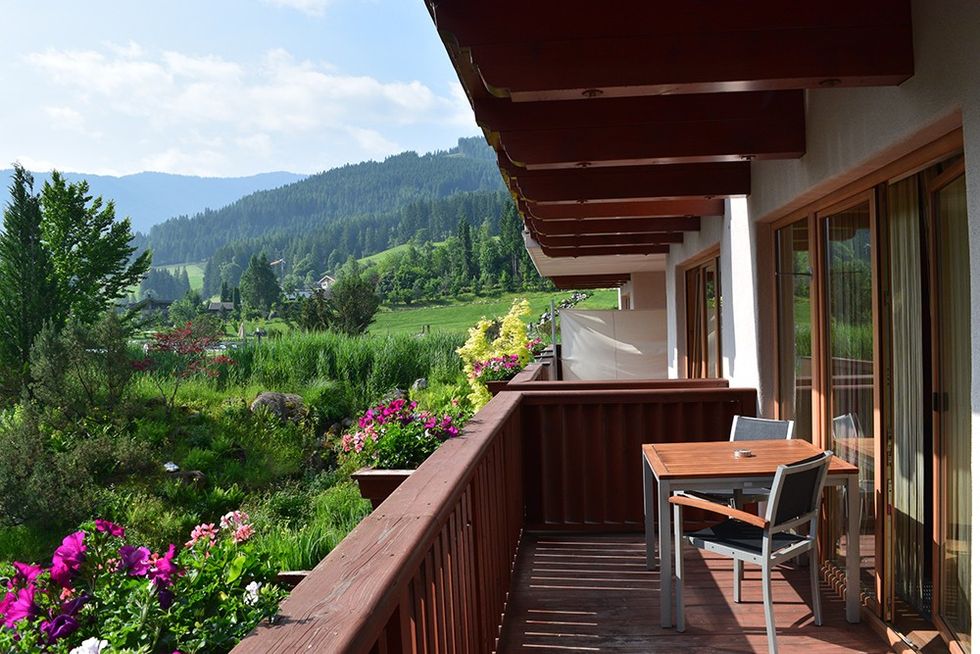
Stacy Suaya
It took about 45 minutes of pure concentration and no more looking over the side, but I made it to the summit. There, I was prepared for the 360-degree views, but not for what I saw when my feet were in the sky with no earth left to climb: a massive blue mountain lake known as Stille Wasser (Peaceful Water). Little shallow streams and pools surrounded it on one side; children splashed in them while their parents watched and picnicked on the rocks.
I took my shoes off and padded over stones; then sat on them and dipped my feet in the cool, grounding water, and stared across the sheet of blue glass. This was why we climbed literal mountains: to see what was up there.
When I started back down the mountain, I checked my phone. Dual pieces of news: a literary agent who was at the top of my list wanted to read my manuscript. But also, Brian Wilson had passed away. Another death. Did Instagram know about my fear of death? Was it purposefully serving me death news? Tears pooled in my eyes; The Beach Boys were the sound of childhood road trips down the coast from Oregon to Los Angeles and of tingling teenage longing. The hills that day were alive with the sound of "Wouldn’t It Be Nice?"
In her autobiography, sculptor Teresa Feodorowna Ries wrote about the forms she gave to stone: “And with my holy power, I boldly conjure eternal life.” Maybe she did. A Google search a few weeks later showed me that the last few years have seen renewed interest in her work, and that of other underappreciated female artists. Eternal Life.
That’s why I wrote a novel. That’s why I climbed a mountain. I wanted what Ananda Lewis and Brian Wilson had—eternal life.
Could I write something that could make a person feel that way? Or at least, an agent?
We are all standing at the foot of mountains.
So, we climb.

